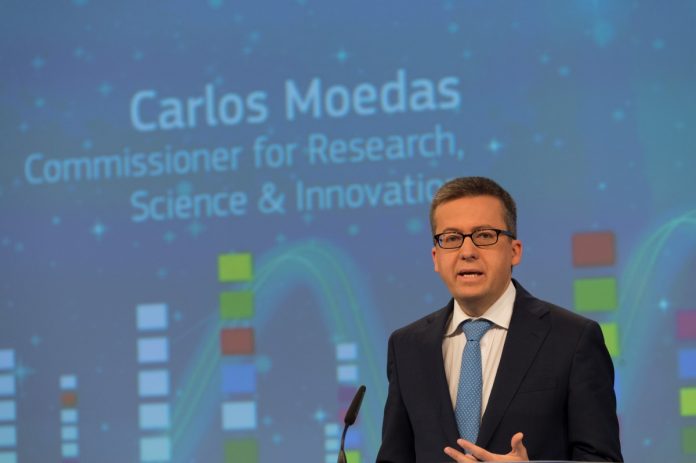An analysis of Horizon 2020 two years on highlights strong competition for EU research funding, with one in nine eligible proposals receiving a grant last year
Chances of winning a grant from the European Commission’s Horizon 2020 research programme have fallen to around one in nine from an average of around one in five under Framework Programme 7 (FP7), according to an analysis published this week.
The analysis shows that many full proposals to the €77 billion programme did not receive funding despite getting top marks from evaluators.
More than 76,400 eligible proposals were submitted for calls in the first two years of Horizon 2020, requesting a total EU financial contribution of €125.4bn. Just 9,200 proposals were retained for funding, with the overall success rate of eligible full proposals at 11.8% over 2014/2015.
Oversubscription a cause for concern
“We are delighted to see how attractive Horizon 2020 is to research and innovation actors across Europe and beyond,” reads the foreword to the report, from Commissioner for Science, Research and Innovation Carlos Moedas and director-general of DG Research Robert-Jan Smits.
“Horizon 2020 would have needed €41.6 billion more in the first two years to fund all proposals deemed excellent by independent evaluators,” they state.
The Commission attributes the fact that all EU member states submitted more applications in 2015 than 2014 to effective marketing and ease of applying. But oversubscription is now the main concern. This could cause problems in the long term; a League of European Research Universities report in October found that the low Horizon 2020 application success rate was putting some researchers off applying at all.
The UK has so far been Horizon 2020’s most enthusiastic participant, submitting 18,566 proposals and receiving the biggest proportion of the money. It received 15% of the total allocated to member states in 2014, rising to 15.9% in 2015, with Germany, Italy and Spain not far behind.
Almost 40% of applications were from university researchers, over 35% from the private sector and 18.4% from research organisations over both years. Although public bodies had the lowest application rate at 3.5%, they experienced the highest success rate.
Application processing has sped up
More researchers from outside the bloc applied for grants in 2015 than in 2014, but interest from remains low. Submissions from the US, China, Canada and Australia make up almost half of all successful applications from outside Europe.
The figures will come as a blow to the Commission’s efforts to boost participation in Horizon 2020 by non-EU countries, who also bring their own funding to the table.
The report also highlights difficulties with hiring evaluators from an industry background; 60% of evaluators currently come from a university or research organisation, while only 18% represent the private sector.
On a more positive note, grant processing has sped up considerably. More than 90% of all grant agreements were signed by the Commission within the eight month target, despite the flood of applications, shaving a month off the FP7 average turnaround time between 2007 and 2013.











